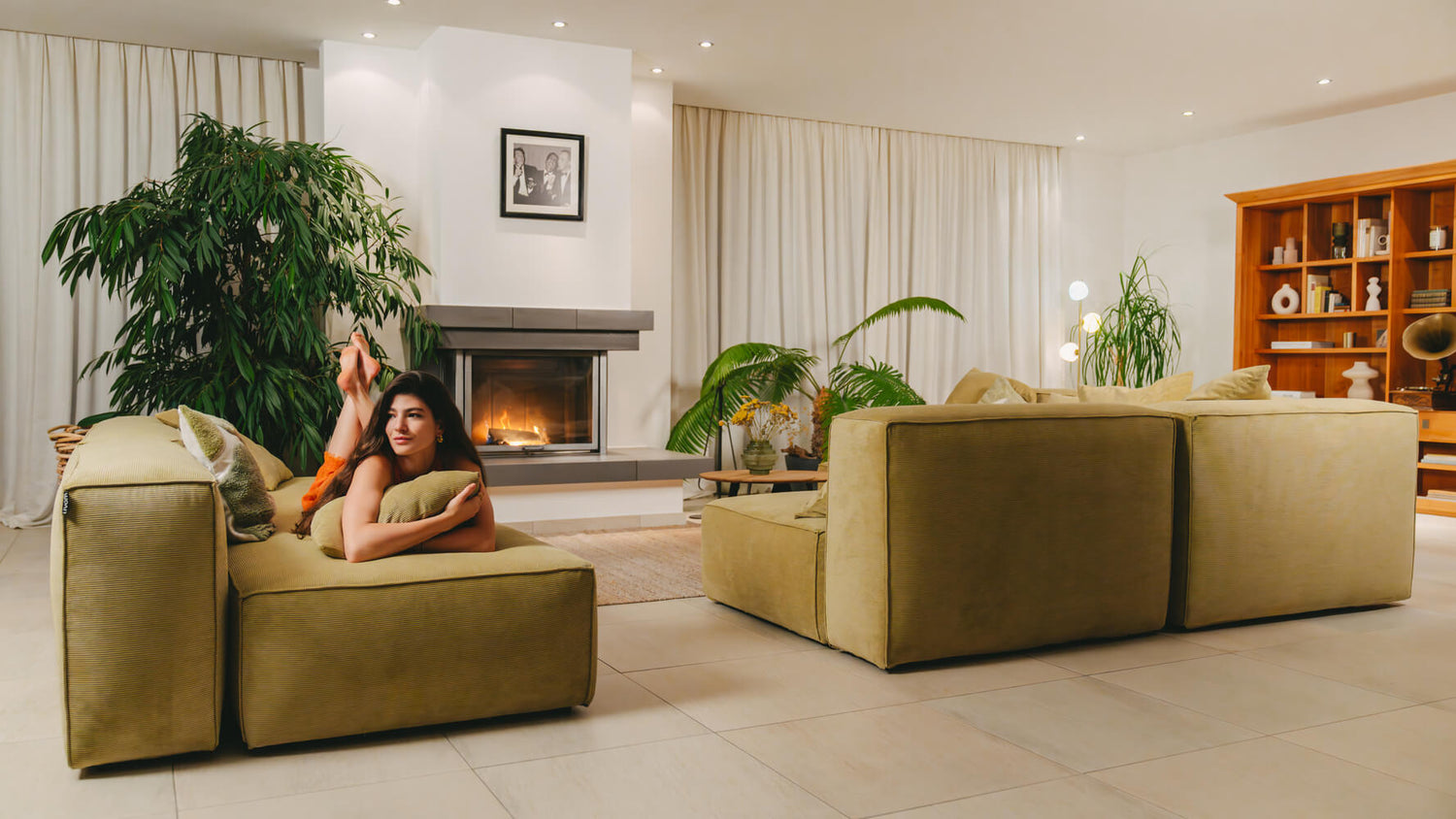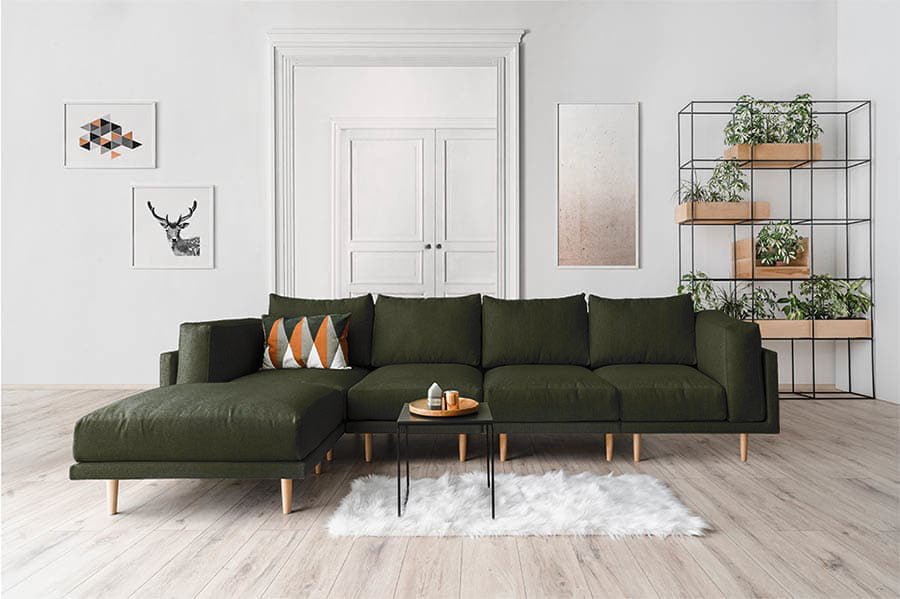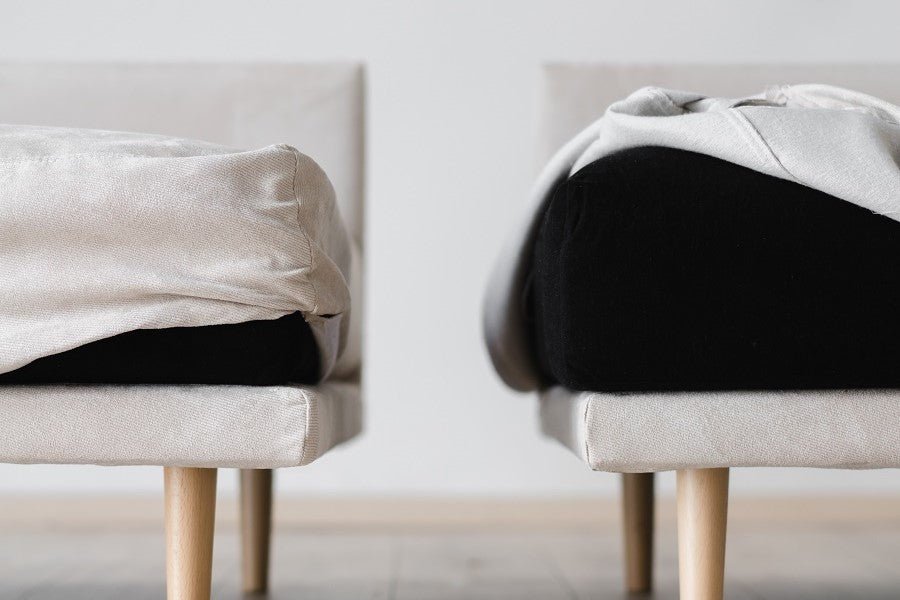A pleasant indoor climate is crucial for our well-being and health. It can have a positive effect on our mood, sleep, and productivity. Therefore, it's important to improve the indoor climate in our living and working areas. This article offers eight useful tips for creating a good indoor climate.
Why is a good indoor climate important?
Before we discuss tips for improving the indoor climate, we need to understand why a good indoor climate is so important. A pleasant indoor climate has a positive effect on our health and can help prevent various health problems. Here are some of the health benefits of a good indoor climate:
Health benefits of a good indoor climate
Better breathing air: a good indoor climate helps improve air quality and reduce pollutants. This can prevent respiratory conditions such as asthma or allergies.
Optimal sleeping environment: a pleasant indoor climate, characterized by the right temperature and humidity, can lead to better sleep. This makes us more productive during the day and generally more energetic.
- Reduction of mold formation: a good indoor climate with controlled humidity prevents the formation of mold and thus prevents health problems such as respiratory problems and allergies.
Influence of indoor climate on productivity
Besides the health benefits, the indoor climate also impacts our productivity. If the room temperature is too high or too low, or the humidity isn't optimal, it can make it difficult to concentrate. A good indoor climate, on the other hand, boosts our mindset and improves productivity.
Besides the health and productivity benefits, a good indoor climate also impacts our overall well-being. When we're in a room with a pleasant indoor climate, we automatically feel more relaxed and balanced. This can help reduce stress and improve our mood.
Another important aspect of a good indoor climate is odor development. A poor indoor climate can also cause unpleasant odors, including lead, which can negatively impact our senses. A good indoor climate, on the other hand, creates a fresh and pleasant atmosphere.
Basics of a good indoor climate
Several factors must be taken into account to create a good indoor climate. Here are the most important basics:
1. Temperature and humidity
The optimal room temperature is usually between 20 and 22 degrees Celsius. Humidity should be between 40% and 60%. To achieve these values, you can install a programmable thermostat that automatically regulates the temperature. A hygrometer can help you monitor humidity.
2. Air quality and ventilation
Good air quality is essential. Regular ventilation is therefore crucial. Open windows several times a day to let in fresh air and expel stale air. Furthermore, using air purifiers can help, as they remove pollutants like dust , pollen, and odors.
Another important aspect of a healthy indoor climate is the correct placement of houseplants . Indoor plants can not only improve air quality but also help regulate humidity. Plants like the bent hemp, aloe vera, or the rubber tree are known for filtering pollutants from the air and thus ensuring a healthier indoor climate. Discover which houseplants are best suited to your living space here: Living Room Plants
3. Lighting and feeling - good atmosphere
Lighting also plays an important role in creating a pleasant indoor climate. Natural light is ideal, so it's advisable to maximize the use of daylight. Furthermore, you can create a cozy, feel-good atmosphere with various light sources, such as floor lamps, ceiling lights, and indirect lighting, which will have a positive effect on your well-being.
8 tips for improving the indoor climate
1. Regular ventilation
Open the windows several times a day for at least 10 minutes to let fresh air into the room. This allows for the exchange of stale air and improves air quality.
2. Use of houseplants
Houseplants can improve the indoor climate by absorbing pollutants and producing oxygen. Add some air-purifying plants like the green lily, the archer, or the rubber tree to your room.
3. Checking the room temperature
Make sure the room temperature is comfortable and creates a cozy feeling. If necessary, use fans or heaters to regulate the temperature and achieve an optimal indoor climate.
4. Avoidance of pollutants
Avoid using harmful materials such as certain cleaning agents, varnishes, or furniture containing formaldehyde. Instead, choose natural and environmentally friendly materials that don't contain toxic ingredients.
5. Optimization of humidity
An ideal humidity level of 40% to 60% can be achieved by using humidifiers or damp-proof devices. These devices help maintain a comfortable humidity level and reduce mold growth.
6. Use of air purifiers
Air purifiers can help filter particles like dust, pollen, and bacteria from the air. Choose an air purifier with a HEPA filter to ensure effective room air purification.
7. Use of natural materials
Choose furniture, such as benches or coffee tables , and decorations made of sustainable materials like wood, cotton, or linen. These materials are more environmentally friendly and can contribute to a healthier indoor climate.
Are you looking for a sustainable and modular sofa? Find your dream modular sofa with washable and changeable covers.
8. Maintenance of heating and air conditioning systems
Make sure your heating and air conditioning systems are serviced regularly. A well-maintained system ensures better air quality and more efficient temperature control.
With these tips, you can improve your indoor climate and thus ensure better work in your home or office. A pleasant indoor climate can significantly enhance your quality of life and help you feel completely comfortable.
Another important aspect that can help improve the indoor climate is the right lighting . Sufficient lighting is not only important for visibility but can also influence mood and overall well-being. Therefore, use different light sources such as ceiling lights, floor lamps, and table lamps to create a pleasant and cozy atmosphere. Here you can learn all about the right lighting in your property: Guide lighting
Besides lighting, the color scheme of the room is important. Colors can have a significant impact on our mood and well-being. Therefore, choose colors that reflect you and your personal style. Soothing colors like blue or green can have a relaxing effect, while strong colors like red or yellow can convey energy and vitality.





